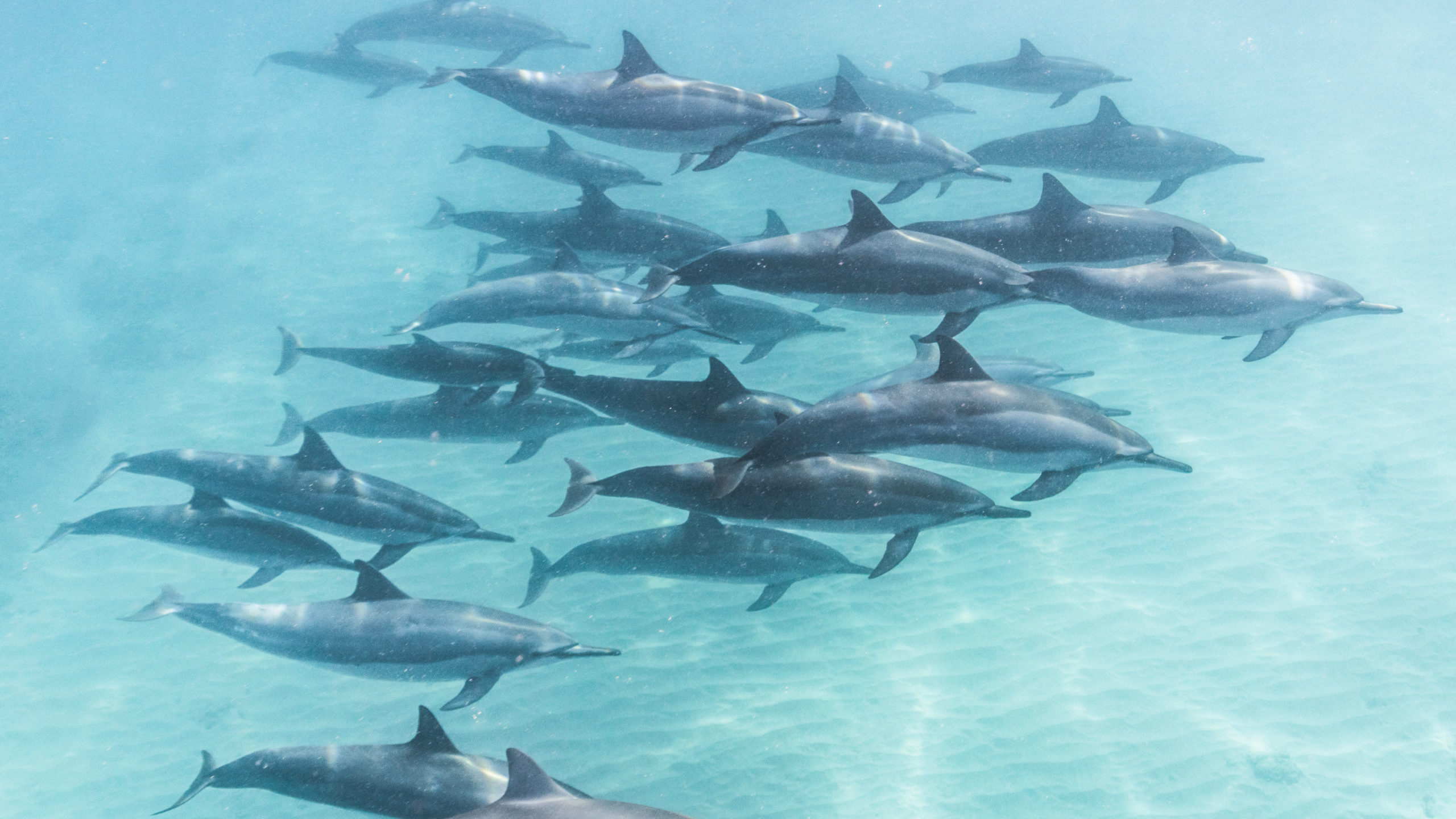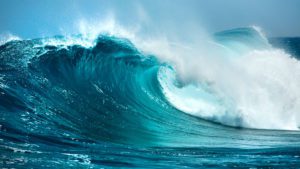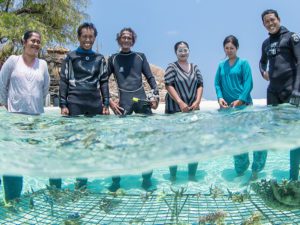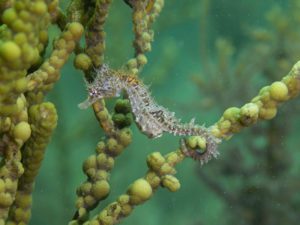Our Shared Seas reached out to Lisa Jaguzny, Senior Program Director at the Biodiversity Funders Group, to get her perspectives on the findings in the “A Decade of Ocean Funding 2010-2020 Landscape Review” report.

Photo: Toby Matthews/Ocean Image Bank
The Biodiversity Funders Group (BFG) is a professional association of environmental, conservation, and climate and energy grantmakers. BFG was founded in 1987 to encourage funders to work together and leverage their resources. Today, approximately 75 funding institutions, predominantly private foundations, are formal members, while more than 200 other grantmaking institutions benefit from activities as program partners.
How does the Biodiversity Funders Group connect with ocean funders?
BFG is a unique blend of learning organization, professional association, and network for collaboration on a very individualized and intimate scale. Because of our relatively small size and membership configuration, BFG is responsive, nimble, and — above all—relevant. We are a (virtual for now) forum for funders to connect and learn together and we foster engagement which leads to deep, productive, and sustained collaboration.
We provide regular opportunities to “go deep” on a variety of issues with marine conservation as a core area of focus. In a “normal” year, marine conservation funders would have opportunities to participate in several funder-only webinars; receive a variety of updates, research, and reports; and attend a multi-day annual meeting featuring experts, policy makers, changemakers, and other leaders in the field.
In reviewing “A Decade of Ocean Funding 2010-2020 Landscape Review,” what struck you the most in terms of how the field has changed over the past decade?
The most obvious shift for me is the exponential increase in resources directed toward ocean-related climate initiatives which is encouraging, and I hope serves as a catalyst for attracting others.
I was also heartened by how many funders are deeply interested in and committed to incorporating Justice, Equity, Diversity, and Inclusion (JEDI) principles into their operations and grantmaking. This is a learning journey for many funders, and they are showing strong appetite to advance this critical work in the conservation space.
The most obvious shift for me is the exponential increase in resources directed toward ocean-related climate initiatives which is encouraging, and I hope serves as a catalyst for attracting others.
Philanthropic funding for marine conservation has doubled over the last decade, yet it still remains a small proportion of total charitable giving for the environment. What can be done to change this?
Philanthropy is still so siloed, particularly when strategy depends on scientific and technical expertise, which means having to work hard to show that environmental issues are all connected. For established funders who have been seeing the interconnectedness of these issues for some time, it’s a matter of shifting resources. For new funders who are venturing into support for environmental issues, an organization like BFG can provide a sense of the landscape of grantmaking opportunities and potential partners.
My hope is that greater understanding of the challenges and the opportunities to leverage success through collaboration will attract more philanthropic dollars to marine conservation.
What are some of the challenges your members face when it comes to determining whether to support ocean conservation issues or to decide which marine issues to support?
Ocean conservation can suffer from a perceived complexity. There are many on-ramps for engaging, numerous sub-topics, and vast geographies with unique challenges and constituencies that don’t fit neatly into easy descriptions.
If you’re new to ocean conservation philanthropy, you have a lot of decisions to make before designing a strategy. New funders can be more effective and ultimately increase their impact by consulting with others who are already supporting the field.
Reports like the new funding study from Our Shared Seas go a long way towards attracting new foundations to the world of marine conservation as well as by revealing gaps and defining a shared language. Funders who are new to the field can quickly grasp where the opportunities are and identify potential partners.
Reports like the new funding study from Our Shared Seas go a long way towards attracting new foundations to the world of marine conservation as well as by revealing gaps and defining a shared language. Funders who are new to the field can quickly grasp where the opportunities are and identify potential partners.
Where are you seeing bright spots in partnerships among funders or between the philanthropic community and other funders?
I’m deeply encouraged by the way funders have come together to rethink how they work in communities, and in particular, how to support Indigenous-led campaigns.
I see funders taking risks that would have been unheard of a decade ago, learning from less-than-effective grantmaking, taking on projects that require years of trust-building, viewing conservation through an intersectional lens, and supporting “from the ground up” leadership.
The field of philanthropy is inherently collegial, but not always collaborative. The urgency of accelerating climate change and the deep systemic fractures revealed over the past year have prompted many funders to rethink their strategies and work in partnership with each other.
My hope is that BFG can foster greater engagement among funders and provide a forum so that risk-taking and partnership is supported and even encouraged.
The field of philanthropy is inherently collegial, but not always collaborative. The urgency of accelerating climate change and the deep systemic fractures revealed over the past year have prompted many funders to rethink their strategies and work in partnership with each other.



